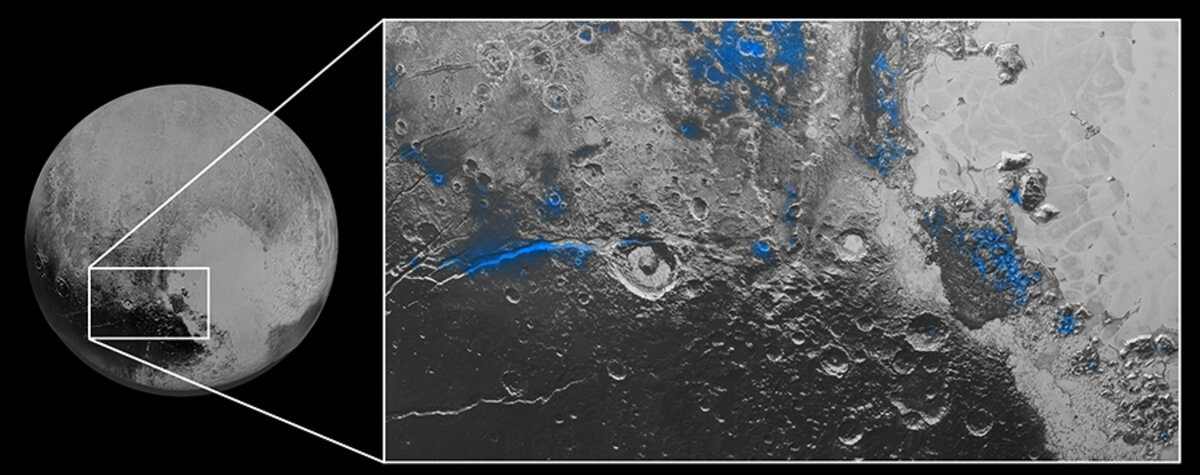An azure sky? Pluto's 'gorgeous' blue halo intrigues scientists
Loading...
If you were to stand on Pluto’s surface and look up, you might feel right at home: NASA says the dwarf planet has a beautiful azure sky similar to Earth’s.
The space agency's New Horizons spacecraft first caught sight of Pluto’s blue skies while on a historic flyby in July, but the images were just beamed down last week and released to the public on Thursday.
"Who would have expected a blue sky in the Kuiper Belt? It's gorgeous," said principal scientist for New Horizons Alan Stern in a press release, referring to an area in the far edges of our solar system.
Scientists say the atmosphere’s particles are actually gray and red, but how those particles scatter blue light is what intrigues scientists. This discovery can also give insight on the size and composition of haze particles surrounding Pluto, where the sun is 3.6 billion miles away, causing constant dusk.
NASA compares Pluto’s high-altitude haze to that of Saturn's moon Titan, and attribute both to the an interaction between molecules.
“A blue sky often results from scattering of sunlight by very small particles. On Earth, those particles are very tiny nitrogen molecules. On Pluto they appear to be larger – but still relatively small – soot-like particles we call tholins,” said science team researcher Carly Howett in the release.
Scientists also discovered numerous water ice patches on the surface of Pluto, which strangely appear to be red.
“Large expanses of Pluto don’t show exposed water ice because it’s apparently masked by other, more volatile ices across most of the planet. Understanding why water appears exactly where it does, and not in other places, is a challenge that we are digging into,” said science team member Jason Cook.
New Horizons launched in 2006 and is now already 63 million miles past Pluto. The spacecraft is operated for NASA by Johns Hopkins University in Maryland. The team plans to perform another flyby of a smaller object in the Kuiper Belt in 2019 if NASA approves funding to extend the mission.






